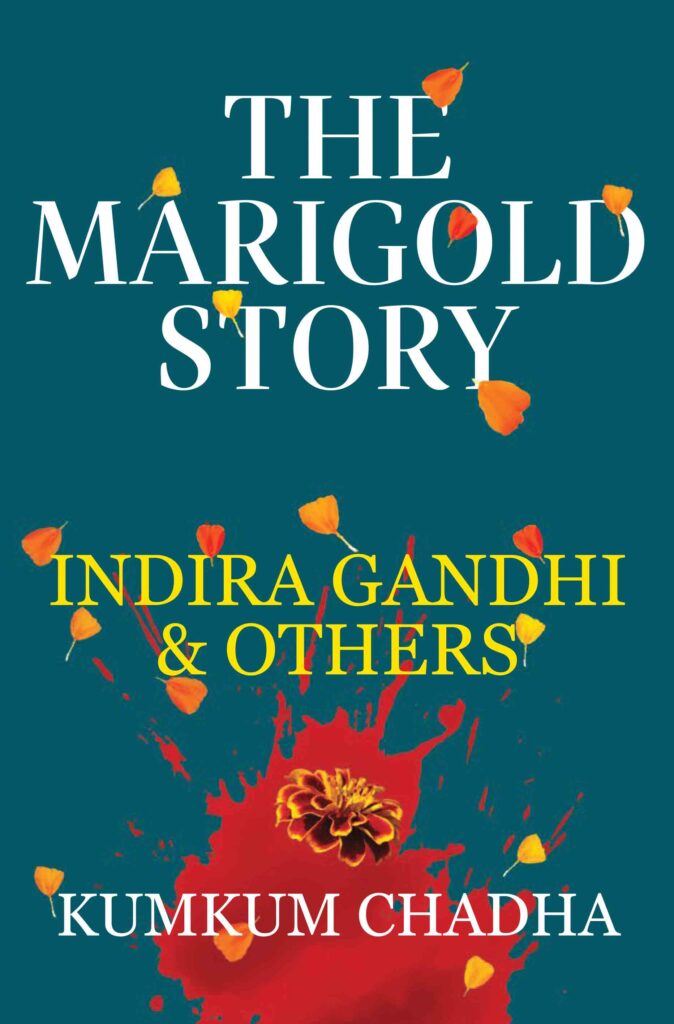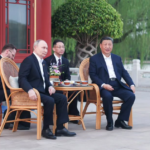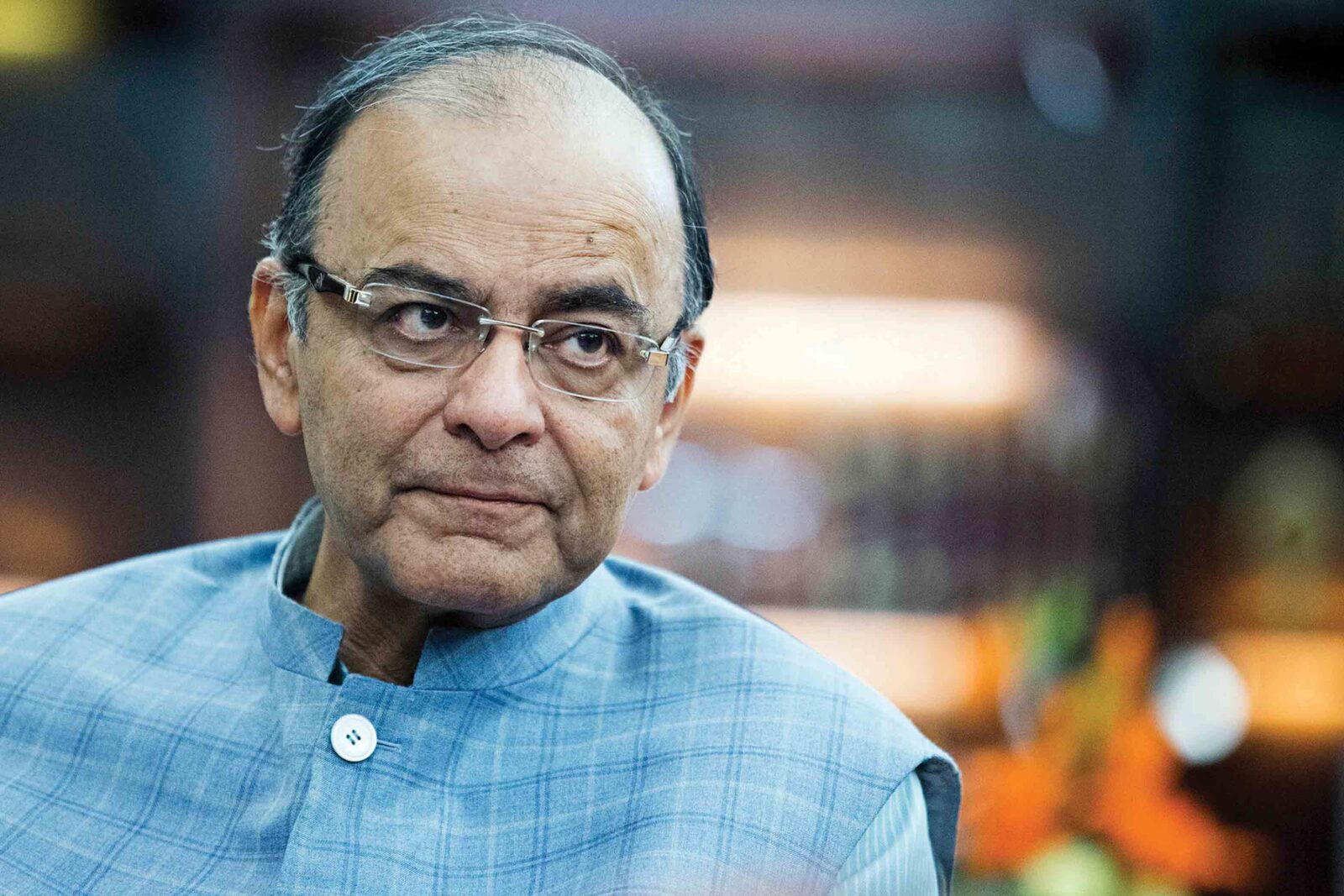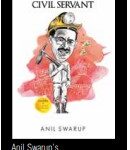A senior Congress leader, also an ex-chief minister, had once described India’s Finance Minister Arun Jaitley as the BJP’s ‘Pied Piper’. The legend of Pied Piper of Hamelin is well known—a man who lured rats with his magical pipe.
One could dispute the ‘rats’ analogy, but Jaitley can be described as the modern-day Piper because of the attention he gets from colleagues in the BJP, journalists and politicians across the board.
Arun Jaitley’ s ‘Hameli ’ could well be parliament’s Central Hall because it is here that he interacts freely with journalists, often giving them information that would make news.
Traditionally, the Central Hall of Parliament is kind of rendezvous point for politicians and journalists. In the recent past however, it has had more attendance than both Houses, given that there have been several disruptions leading to adjournments.
Most importantly, as the current dispensation is known to keep its distance from journalists, Jaitley’s informal chats served a purpose. Although he is prone to filter and tweak every bit of information to suit the government’s standpoint, but as the BJP’s ‘go-to man’ in Modi’s Cabinet, I guess it is expected.
The premise of Jaitley’s informal durbars comes into sharp focus because there was a time, particularly in the late Eighties and early Nineties, when the BJP was a media-friendly party like no other. Even as a junior reporter, I remember speaking to Atal Bihari Vajpayee, then India’s External Affairs Minister, on the phone whenever I needed information, or even dropping in for a chat at his home. Not only was Vajpayee informal and friendly, he also laughed a lot.
Talking about prime ministers, for someone who has covered Indira Gandhi, I am yet again tempted to compare her with Narendra Modi. Indira Gandhi had a mind of her own and was known to be ruthless when it came to furthering her agendas. Many put Modi in the same category, but the similarity ends there. While Indira Gandhi was always surrounded by family—first by her father and later by her sons and their wives and children—Narendra Modi is seen to be somewhat of a loner.
Therefore, when one of his closest aides told me that Modi has never ‘touched’ a 1,000-rupee note in his life, I didn’t quite understand what he had meant. I guess the point he was making was about Modi being disinterested in money, because he did not have an immediate family to take care of.
For a Prime Minister who is said to be work-obsessed and has little time for anything else, his friendship with Jaitley has often been talked about. The dissimilarities are stark, and this even before they both became politicians—Jaitley grew up in middle-class family, Modi’s parents were poor; Jaitley was an exceptional student and went on to earn a law degree, Modi’s educational qualifications have generated controversy; Jaitley has had a fulfilled family life, while Modi had once left home and retreated to the mountains in search of peace.

As the current dispensation is known to keep its distance from journalists, Jaitley’s informal chats served a purpose. Although he is prone to filter and tweak every bit of information to suit the government’s standpoint, but as the BJP’s ‘go-to man’ in Modi’s Cabinet, I guess it is expected
I vividly recall one of the first paintings that was carted to Jaitley’s make-shift office in the government bungalow as Finance Minister, was his mother’s. I happened to ask him about it. He was quiet for a while as if trying to gather images that had perhaps blurred.
Ratan Prabha, Jaitley’s mother, didn’t live to witness her son’s fame as India’s Finance Minister. She died of cancer in 1991. ‘My mother was born and brought up in Amritsar. Her father was a trader who imported textiles from England, something which was unheard of in the Thirties. I grew up on stories about how he would travel by ship to Manchester.’































































